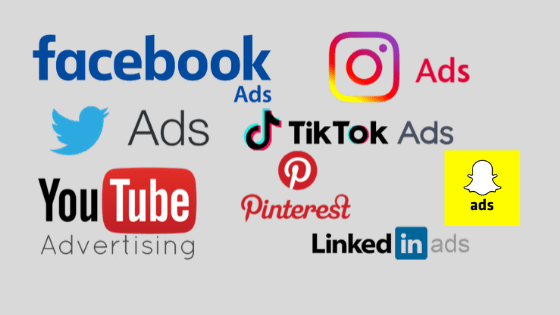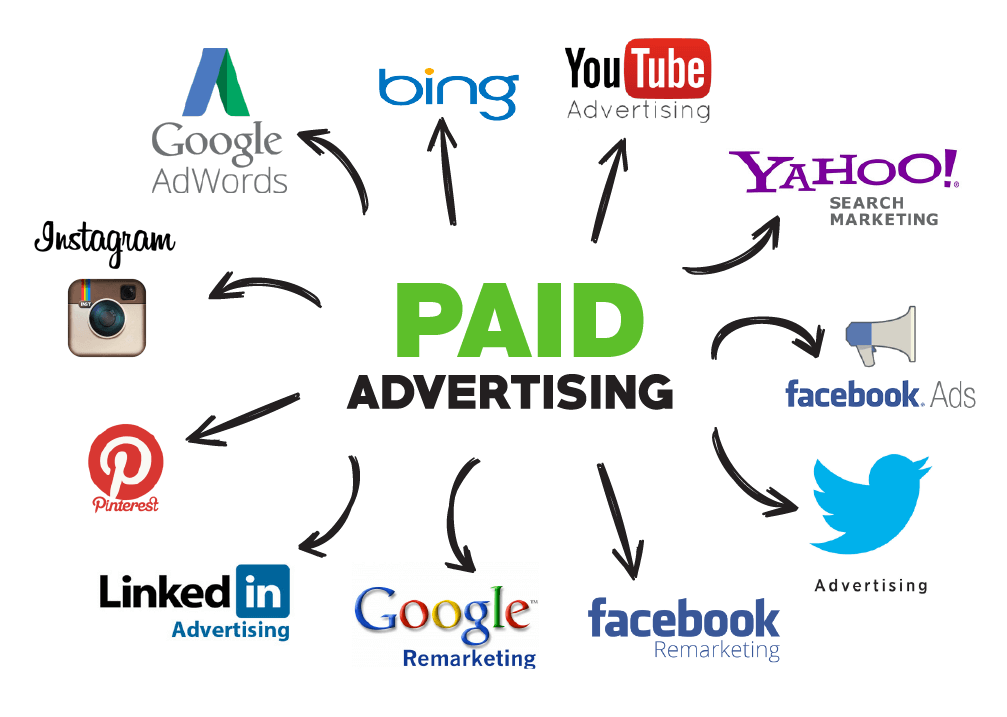In an era where digital presence determines market success, mastering paid media services is more than just a necessity—it’s a competitive edge. Paid media, a critical component of digital marketing strategies, involves the acquisition of online advertising space to promote content, products, or services. But how do you harness the power of paid media to elevate your brand’s visibility and drive sales effectively?
This guide delves into the essentials of mastering paid media services, offering insights and actionable steps for advertisers looking to exploit this avenue efficiently. From understanding different advertising platforms to optimizing campaigns for maximum ROI, the content below covers the key aspects that will help businesses thrive in the digital landscape.
Understanding Different Paid Media Platforms
Each paid media platform comes with its unique strengths and targeting capabilities. Understanding which platforms align best with your marketing goals is crucial. For instance Paid Media Services by SearchCombat outlines those benefiting from visual campaigns might opt for Instagram or Pinterest, while those seeking B2B connections might find more value in LinkedIn. This step involves identifying where your target audience spends their time online and understanding the cost structures and engagement metrics of each platform.
Next, dive deep into demographic data provided by these platforms to fine-tune your audience selection and advert placements. For instance, Facebook offers extensive insights into user behaviors and preferences, which can be leveraged to tailor highly personalized ad experiences.

Crafting Compelling Ad Content
Your ad content is the core vehicle for your message—it has to attract, engage, and persuade. Start with a clear and compelling headline followed by concise yet informative content that addresses the needs and interests of your target audience. Incorporate strong calls-to-action (CTA) that guide users on what to do next. Visual elements such as images and videos can significantly increase engagement rates, especially if they are high quality and relevant.
Additionally, A/B testing different versions of ad content can help you understand what resonates best with your audience. This iterative process ensures you are always putting forward content that is most likely to convert.
Budget Management and Bid Strategies
Fiscal prudence is key when managing paid media budgets. Allocate budgets across various platforms based on performance metrics such as cost-per-click (CPC) and conversion rates. Employ different bidding strategies available within ad platforms—for example, Google Ads offers automated bidding options like Maximize Conversions that optimize bids using machine learning technology.
Keep close tabs on spending with regular reviews and adjustments to ensure you are gaining sufficient ROI. Also, consider seasonality and consumer behavior trends that might impact campaign effectiveness during certain periods.
Ad Performance Metrics and Analytics
To truly master paid media, you need precise measurement and analysis of campaign performance. Set clear KPIs such as impressions, clicks, conversions, and average CPC at the start of any campaign. Use tools like Google Analytics along with native analytics from advertising platforms to track these KPIs in real-time.
Maintaining an analytical approach allows you to better understand customer acquisition costs (CAC) and ultimately improve ROI through informed optimizations. Custom reports can also be set up to provide insights into more tailored metrics specific to your business objectives.
Leveraging Advanced Technologies
The use of advanced technologies such as AI and machine learning in paid media can enhance targeting accuracy and optimize ad spends considerably. Techniques like predictive analytics for forecasting consumer behavior changes or programmatic advertising for real-time bid management are redefining how paid ads are served. Platforms that integrate such technologies offer substantial advantages in ad placement efficiency.
Continuously explore new tools and technologies that emerge in the digital marketing sphere to stay competitive. Engaging professional services or attending workshops could also offer deeper insights into cutting-edge techniques used in successful paid media campaigns.
In conclusion, mastering paid media services doesn’t happen overnight but follows a systematic approach grounded in understanding your platforms, audiences, creatives, budgeting strategies, analytics competence, and ongoing adaptation through technological advancements.
Start small if you must, scale intelligently, optimize continuously based on data-driven insights—and watch your business achieve remarkable growth though effectively managed paid media strategies.



